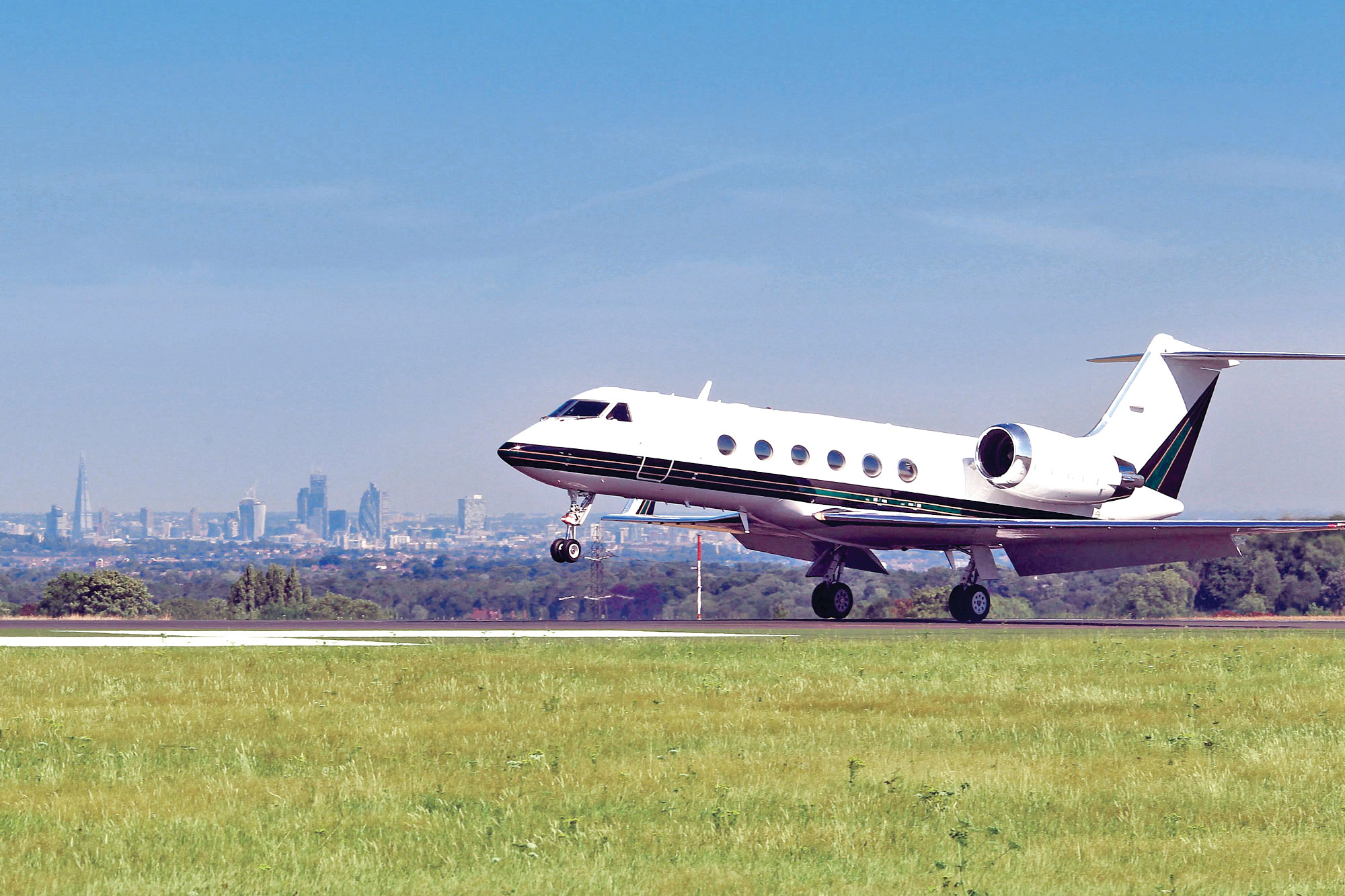
Jan. 31, 2018
Business aviation traffic in Europe grew 6 percent in 2017, with Eurocontrol reporting more than 700,000 departures, arrivals, internals (domestic European flights) and overflights, including an average of 100 additional daily departures, compared with 2016.
“The reality is seeping in that business aviation is an integral part of the overall mobility mix,” said Brandon Mitchener, CEO of the European Business Aviation Association (EBAA). He added that new forms of service, which increase access to business aviation, and interest from the younger generation have led to a steady increase in traffic since November 2016.
Year-over-year growth was strongest in March (9.0 percent), July and October (each 8.9 percent).
The Central Europe Functional Airspace Block enjoyed 12.2-percent growth in average daily flights, bolstered by members Slovakia (a 30.9-percent increase), Bosnia-Herzegovina (a 25.7-percent jump) and the Czech Republic (13.8 percent growth).
Business aviation traffic in the European Union is now on a par with 2006 levels, but it has not yet returned to the level of the historic peak years of 2007 and 2008.
To help the growth continue, EBAA this year will focus on creating higher business aviation productivity by addressing issues such as access to airports and flight-time limitations. EBAA has launched an in-house study on business aircraft access to European airport landing and takeoff slots, anticipating that the forecasted doubling of overall air travel by 2035 will inevitably lead to capacity constraints.
“Airline traffic is growing, and business aviation is the last in the long queue for the slots,” said Olga Krasowska, EBAA’s manager of airport operations.
The EBAA study is expected to provide quantitative data on slot usage, together with a database identifying access constraints. The association plans to report preliminary results at the European Business Aviation Convention & Exhibition (EBACE2018), set for May 29-31 in Geneva, Switzerland. Learn more about EBACE2018.


 International Business Aviation Council Ltd.
International Business Aviation Council Ltd.